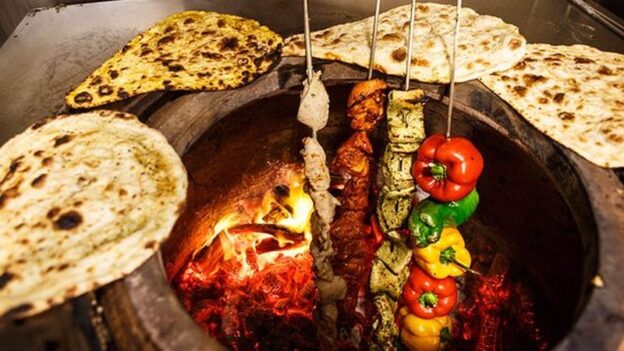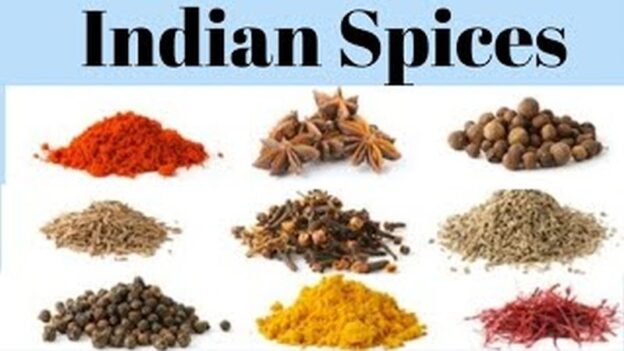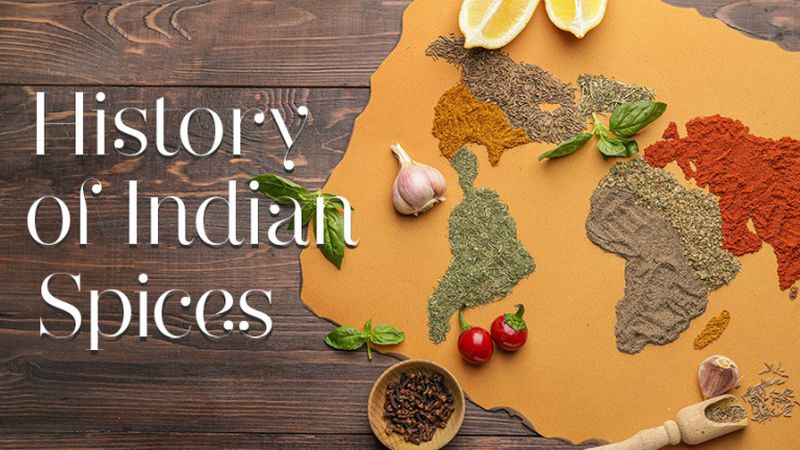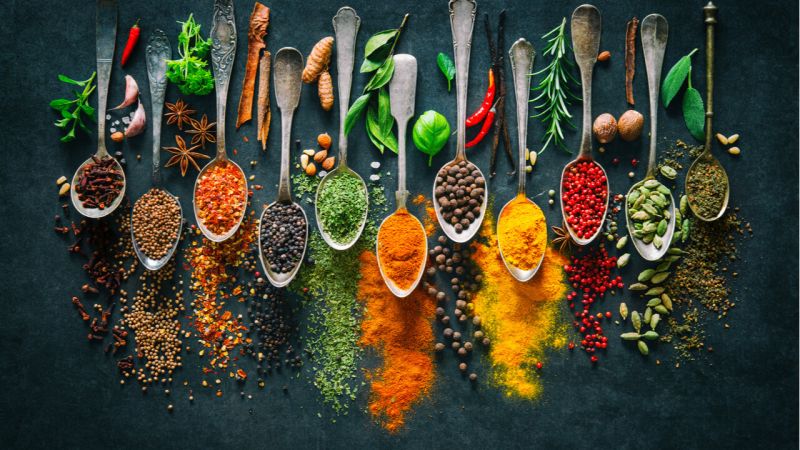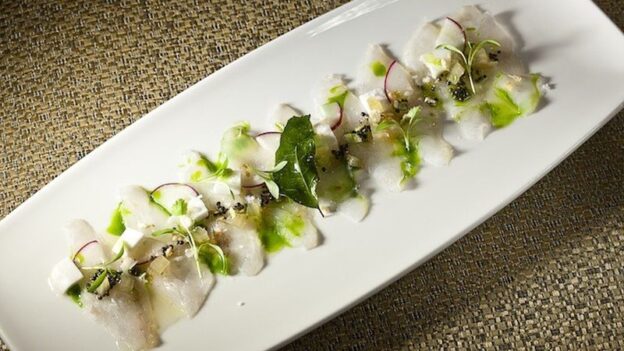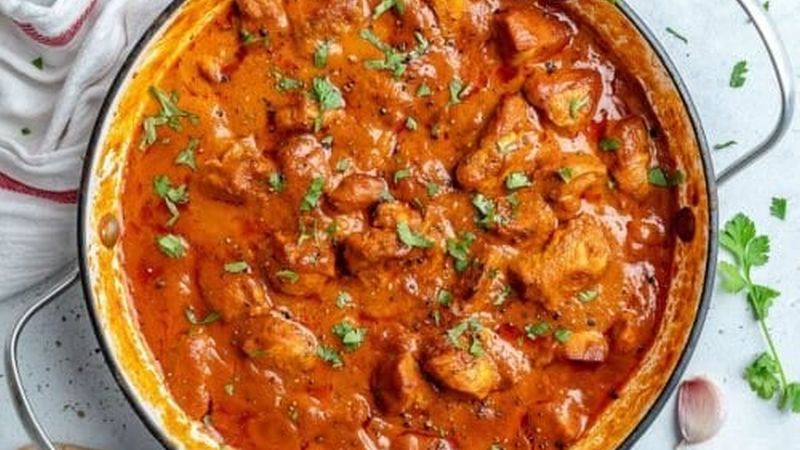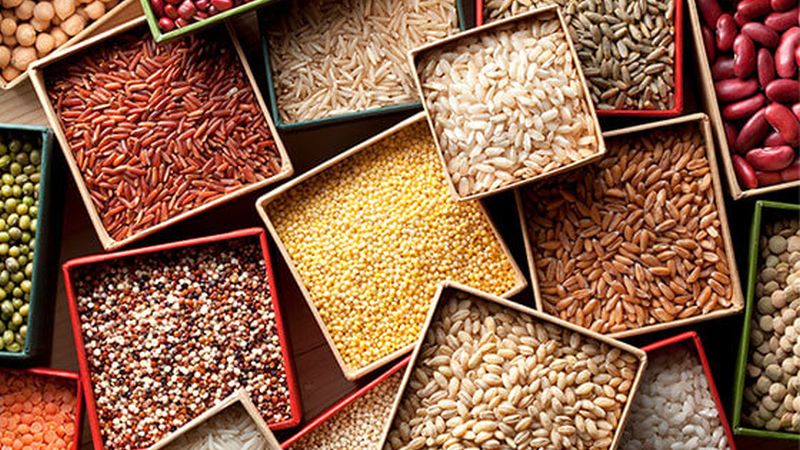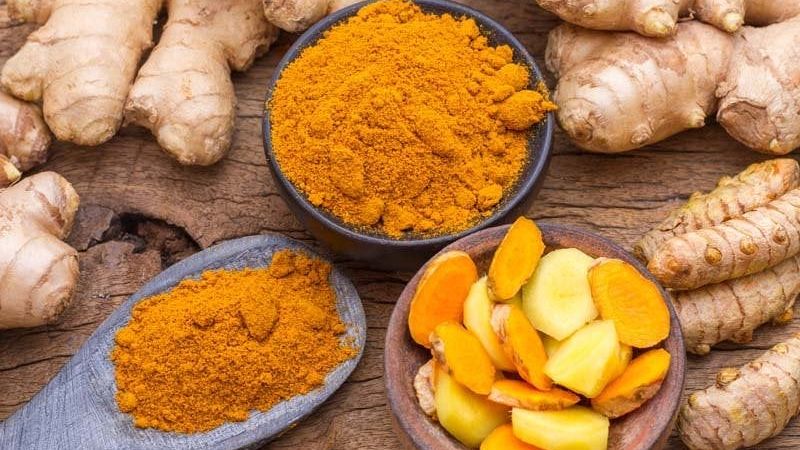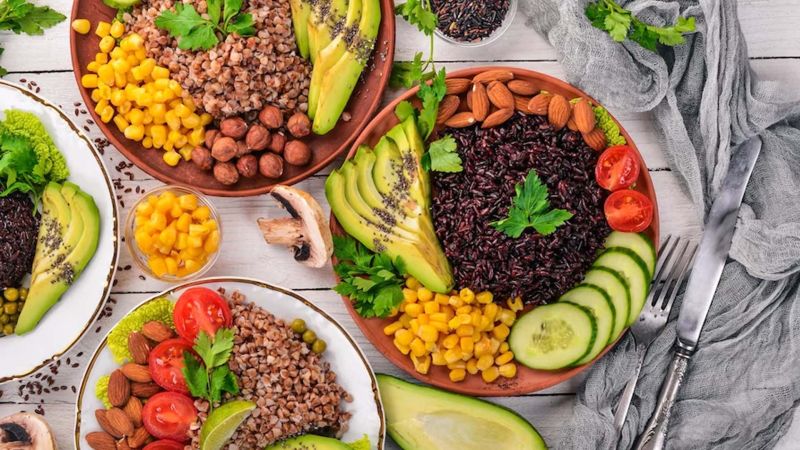Indian food is popular for its abundant tastes and vibrant flavors that tantalize the palate. Amongst its many cooking thrills, tandoori dishes hold an unique place. Tandoori food preparation involves the use a conventional clay stove known as a tandoor, which imparts a unique great smoky taste to the food. In this article, we’ll explore the art of clay stove food preparation in Indian food and explore the secrets behind the appeal of tandoori dishes.
Unearthing the Tandoor’s Background
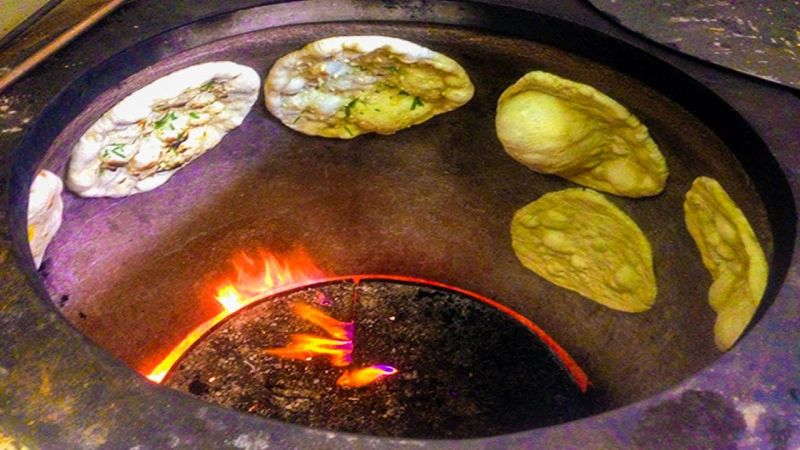
The tandoor is an essential component of Indian cooking heritage for centuries. Its beginnings can be mapped back to the Indus Valley Civilization, where very early models of clay stoves were found. In time, the tandoor evolved and became an important device in Indian food preparation. Its building involves a round clay or steel stove, heated with charcoal or timber, enabling high-temperature food preparation.
Composition of a Tandoor
To understand the magic of tandoori food preparation, it is necessary to examine the design of a conventional tandoor. The stove is composed of a deep cavity, lined with insulating products such as clay or bricks. At the base, a bed of warm coals or timber generates extreme heat. The wall surfaces of the tandoor take in this heat, radiating it uniformly throughout the food preparation chamber. The top of the tandoor is exposed, enabling the insertion of skewers or flatbreads.
Tandoori Food preparation Methods
Tandoori food preparation involves 2 primary methods: cooking and grilling. Grilling is done by skewering marinated meats, chicken, or veggies and putting them up and down inside the tandoor. The glowing heat and smoke instill the food, leading to tender, juicy, and smoky-flavored dishes. Cooking in a tandoor is typically used for bread such as naan or kulcha. The dough is put into the warm wall surfaces of the tandoor, where it quickly smokes up and establishes a beautiful charred outside.
The Scientific research Behind Tandoori Magic

The tandoor’s unique food preparation technique isn’t simply about tradition; it has clinical thinking behind it. The extreme heat of the tandoor sears the food quickly, securing in protecting inflammation and moisture. The clay wall surfaces keep and disperse heat uniformly, ensuring also food preparation. The great smoky taste originates from the fat and juices of the food leaking into the warm coals, producing fragrant smoke that envelops the meal.
Classic Tandoori Specials
Tandoori food offers a wide variety of mouthwatering thrills. Tandoori Poultry, with its succulent and well-marinated meat, is a cherished classic. The poultry is marinated in a mix of yogurt, flavors, and lemon juice, which tenderizes the meat and infuses it with taste. When prepared in the tandoor, the poultry establishes a beautiful charred outside while remaining juicy and tender on the inside. Tandoori Poultry is often offered with mint chutney and a squeeze of fresh lemon, including a ruptured of quality to every attack.
Seekh Kebabs are another renowned tandoori meal. Made from minced meat, typically lamb or poultry, these kebabs are mixed with fragrant flavors, natural herbs, and onions. The mix is shaped into skewers and prepared in the tandoor until it becomes slightly charred and juicy. The great smoky taste and fragile flavors make Seekh Kebabs a prominent choice as an appetiser or component of a bigger dish.
Paneer Tikka is a vegan delight that showcases the versatility of tandoori food preparation. Cubes of paneer (Indian home cheese) are marinated in a spiced yogurt mix before being skewered and barbequed in the tandoor. The heat of the stove includes a beautiful great smoky taste to the paneer while keeping its velvety structure. Paneer Tikka is often offered with a appetizing mint chutney and makes for a rewarding vegan appetiser or main course.
The tandoor also plays a crucial role in preparing delectable fish and shellfish dishes. Tandoori Fish, commonly made with firm white fish such as pomfret or cod, is marinated in a mix of flavors, lime juice, and yogurt. The fish is after that prepared in the tandoor, leading to a completely half-cracked structure and a alluring great smoky taste. Tandoori Shellfishes, with their succulent and tasty meat, are another popular fish and shellfish option prepared in the tandoor. The high heat of the clay stove imparts a wonderful char and improves the all-natural sweet taste of the shellfishes.
Local Variants
India’s varied cooking landscape has provided rise to local variants of tandoori dishes. In the north area, the durable tastes of Punjab control. Amritsari Fish, a specialized of Amritsar, features fish fillets marinated in a mix of flavors, gram carom seeds, and flour. The fish is after that prepared in the tandoor, leading to a crunchy outside and a soft, tasty interior. Tandoori Roti, a staple bread in Punjabi food, is made by slapping the dough into the warm wall surfaces of the tandoor. The extreme heat causes the bread to puff up and develop a tasty charred scent.
In the western specify of Rajasthan, the tandoor is used to prepare tasty Tandoori Lamb Chops. The lamb chops are marinated in a mix of flavors, yogurt, and ginger-garlic paste before being prepared in the tandoor. The outcome is succulent and tender chops with a great smoky taste. These fragrant and hot lamb chops are a favorite amongst meat enthusiasts in Rajasthan.
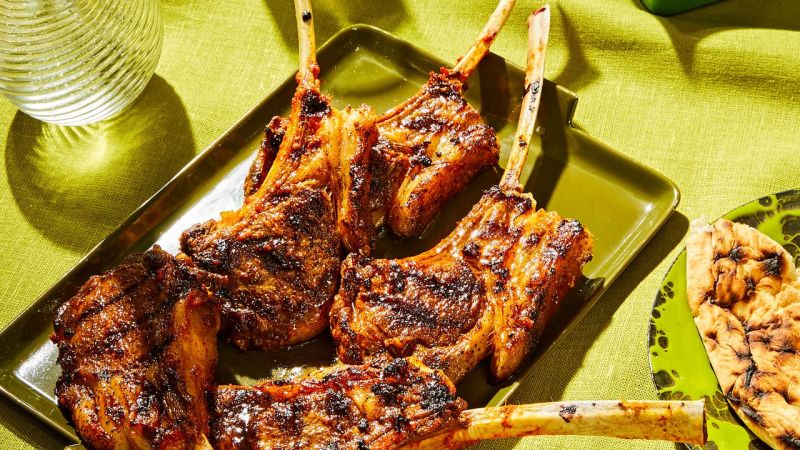
The eastern area of India also has its unique tandoori preparations. Kolkata, known for its cooking prowess, offers the well-known Kolkata-style Bhetki Fish Tikka. Bhetki, a regional fish, is marinated in a mix of mustard oil, flavors, and natural herbs, and after that barbequed in the tandoor. The mustard oil imparts a unique taste to the fish, production it a favorite amongst fish and shellfish enthusiasts.
In the southerly area, tandoori food preparation handles a various twist. Tandoori Appam, a prominent meal in Kerala, involves food preparation the traditional fermented rice and coconut pancake in a tandoor. The tandoor’s heat includes a great smoky scent to the appam while keeping its soft structure. Tandoori Appam is often enjoyed with hot curries or chutneys, showcasing the combination of traditional and tandoori tastes in southerly Indian food.
Modern Developments in Tandoori Food
While the traditional tandoori dishes proceed to delight food enthusiasts, modern cooking development has taken tandoori food preparation to new elevations. Cooks are try out combination tastes, integrating ingredients such as saffron, truffles, and unique flavors right into tandoori marinades. These innovative spins on traditional dishes include a touch of elegance and elegance to tandoori food.
Tandoori pizzas have become a prominent combination meal, combining the great smoky tastes of the tandoor with the cherished Italian classic. The pizza dough is prepared in the tandoor until crunchy, and after that covered with a variety of tandoori-marinated meats, cheese, and veggies. The outcome is a unique mix of tastes and structures that please both pizza yearnings and tandoori.
Tandoori wraps have also gained appeal as a fast and tasty road food option. The tandoor-grilled meats or paneer are covered in a cozy flatbread, together with fresh veggies, chutneys, and a spray of chaat masala. These wraps offer a practical and tasty way to enjoy tandoori tastes on the move.
Also treats have not been spared from tandoori testing. Tandoori fruits, such as pineapple or watermelon, are cleaned with a wonderful marinade and barbequed in the tandoor until caramelized. The smoky-sweet tastes include a unique twist to traditional treats, production them a wonderful finish to a tandoori indulge.
Health and wellness Benefits of Tandoori Food preparation
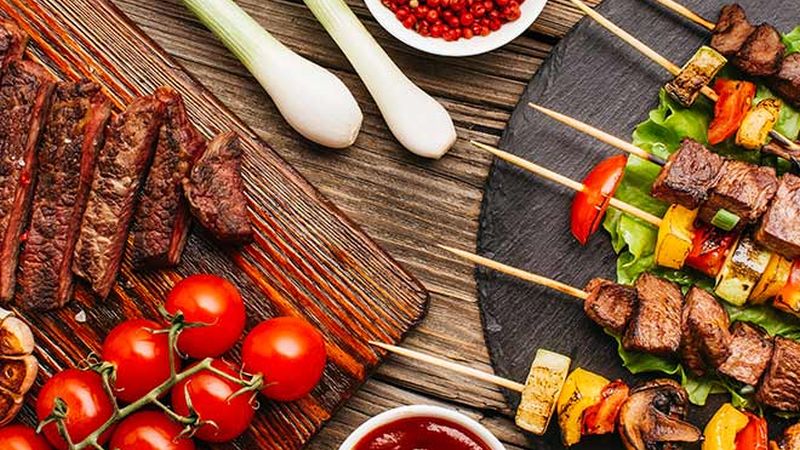
Tandoori food preparation isn’t just a reward for the palate but also offers several health and wellness benefits. The high food preparation temperature levels help in reducing food preparation time, protecting the nutrients in the food. The minimal use oil makes tandoori dishes a much healthier alternative to deep-fried foods. Furthermore, the marinades often include yogurt and flavors known for their digestive and anti-inflammatory residential or commercial homes. Yogurt helps tenderize the meat and includes a velvety structure to the dishes. The flavors used in tandoori marinades, such as turmeric, ginger, and garlic, are known for their immune-boosting and anti-inflammatory residential or commercial homes.
The art of tandoori food preparation has evolved over centuries, offering a wide variety of tasty dishes and tasty. From classic tandoori specials to local variants and modern developments, the tandoor proceeds to influence cooking creativity. Whether you enjoy the traditional tandoori faves or enjoy the combination developments, tandoori food makes sure to delight your palate with its great smoky tastes, tender fragrant flavors, and meats. So, explore the globe of tandoori temptations and submerse on your own in the abundant heritage of clay stove food preparation in Indian food.

